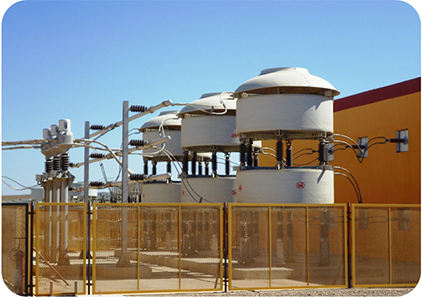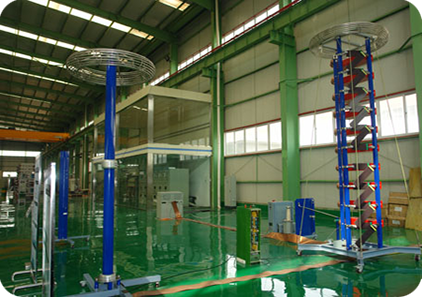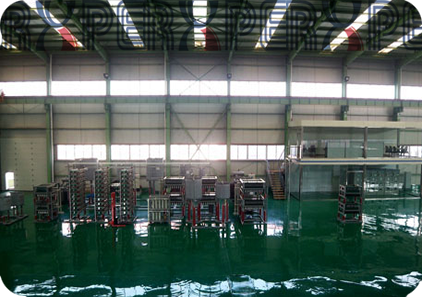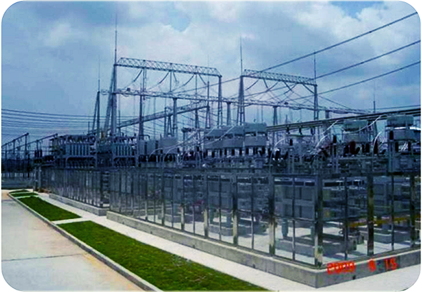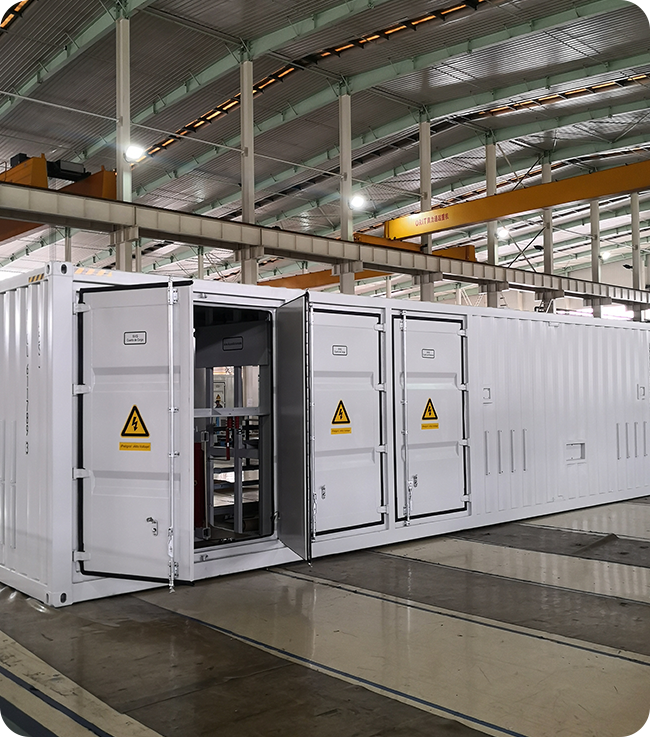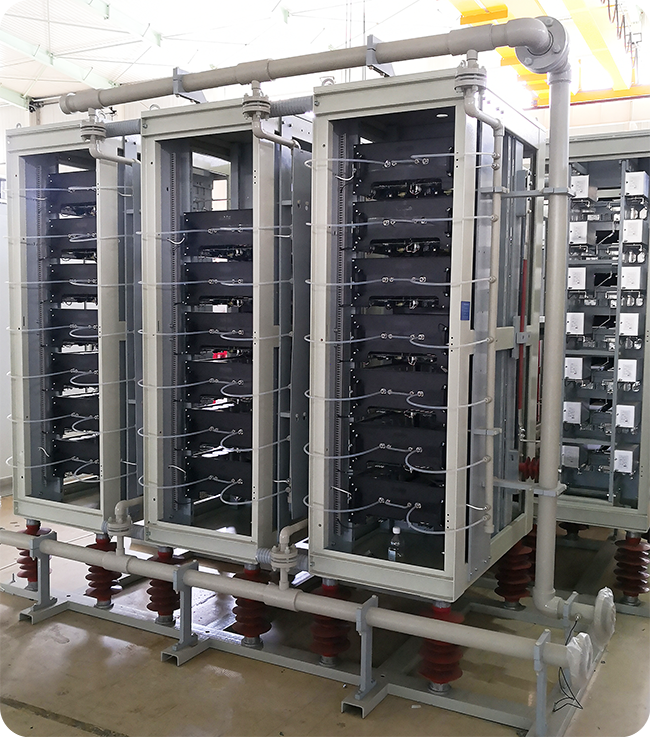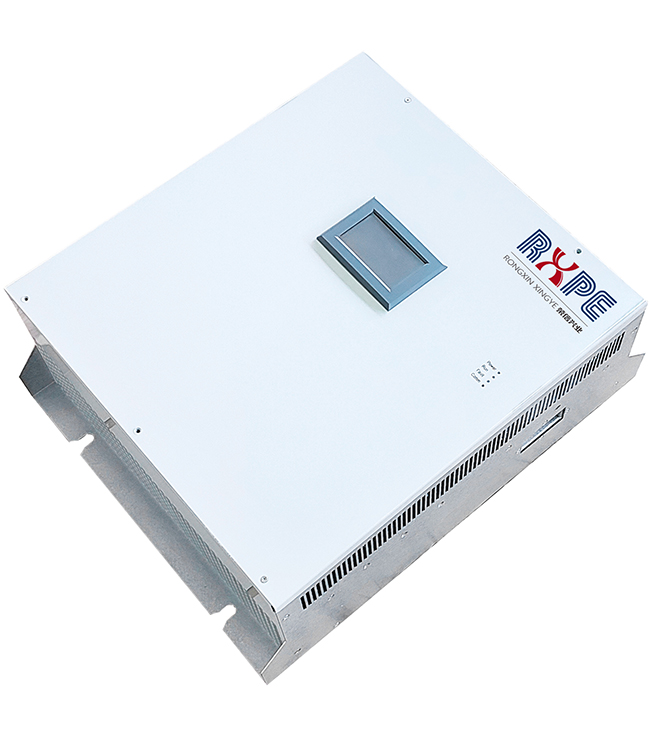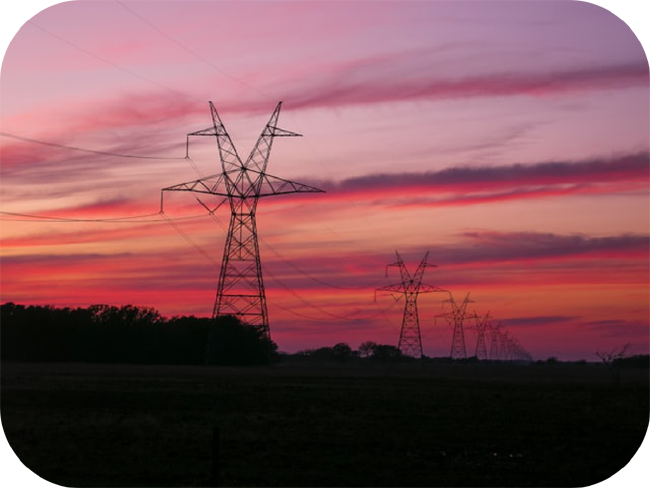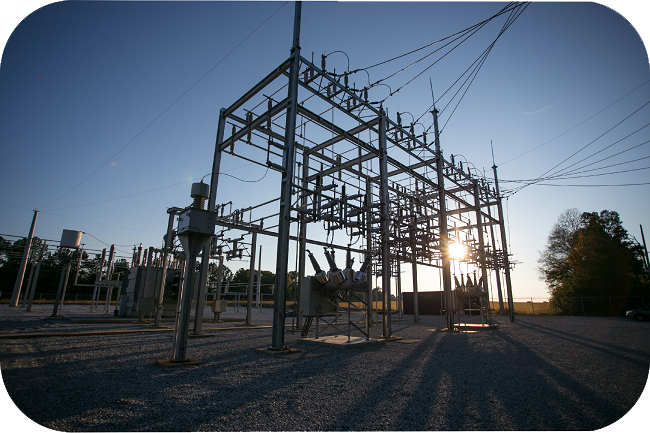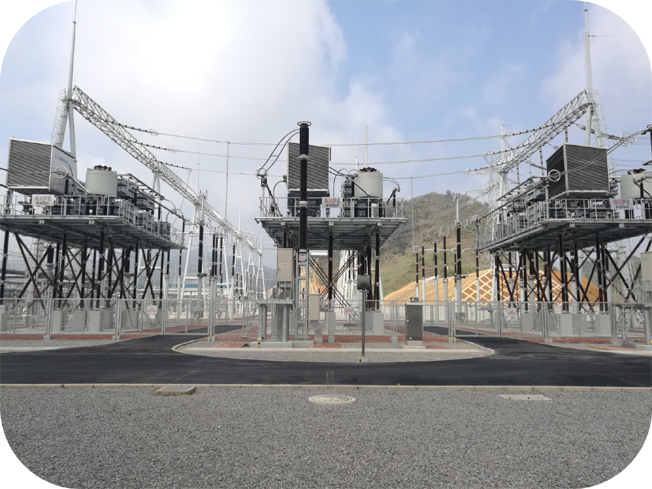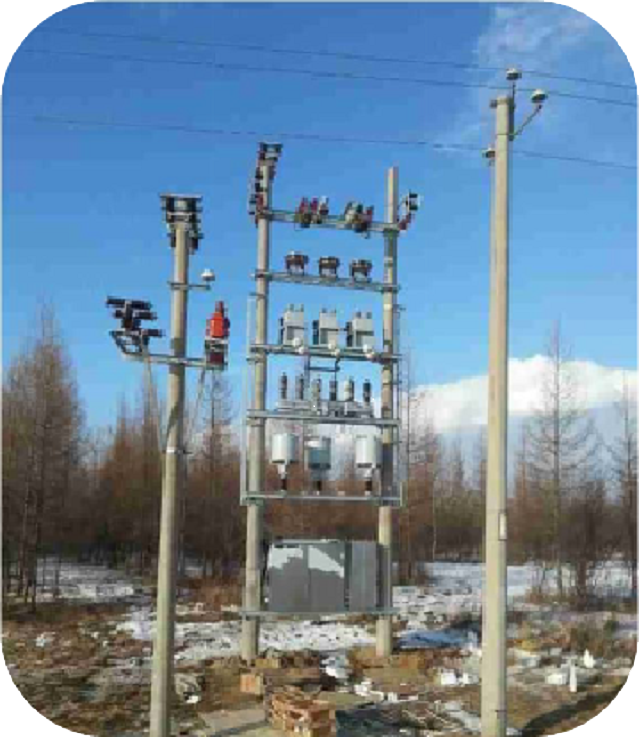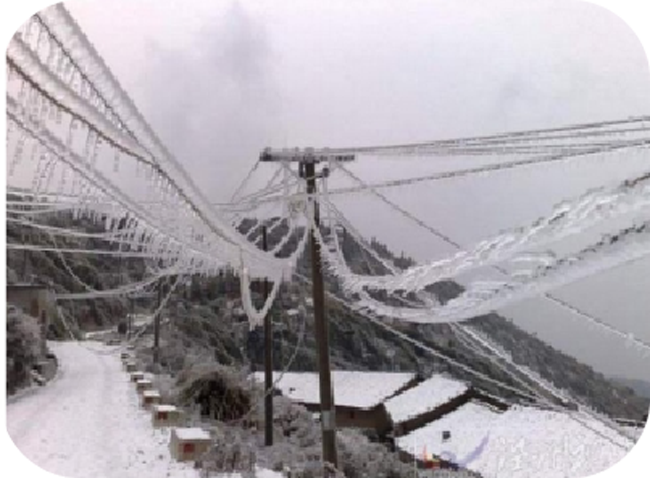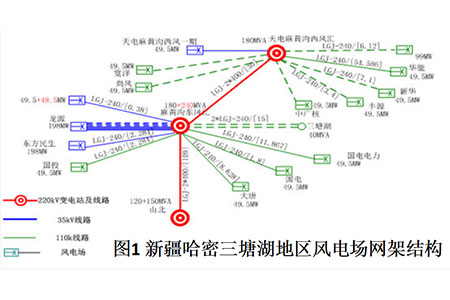Typical application of RSVG in suppressing subsynchronous oscillation in wind farm -- Santanghu, Tiandian, Xinjiang
At present, large-scale wind farms are composed of hundreds or even thousands of wind turbines with various types (doubly fed wind turbines, squirrel cage wind turbines, direct drive wind turbines, etc.), different control parameters and different operation modes. Most wind farms are located in remote areas, far away from the load center, and the short circuit ratio (SCR) of the grid connection point decreases with the increase of the number of wind turbines connected to the grid, forming a weak AC system. At the same time, large-scale wind farms often use high voltage direct current (HVDC) technology or series compensation technology to realize long-distance transmission. Relevant research shows that subsynchronous oscillation may occur when wind farm is integrated into weak AC system, series compensation system and HVDC system.
At present, large-scale wind farms are composed of hundreds or even thousands of wind turbines with various types (doubly fed wind turbines, squirrel cage wind turbines, direct drive wind turbines, etc.), different control parameters and different operation modes. Most wind farms are located in remote areas, far away from the load center, and the short circuit ratio (SCR) of the grid connection point decreases with the increase of the number of wind turbines connected to the grid, forming a weak AC system. At the same time, large-scale wind farms often use high voltage direct current (HVDC) technology or series compensation technology to realize long-distance transmission. Relevant research shows that subsynchronous oscillation may occur when wind farm is integrated into weak AC system, series compensation system and HVDC system.
In October 2009, a grid failure occurred in Texas, USA, which caused a double fed wind farm to be connected to the grid through a line with 75% series compensation, it causes a subsynchronous oscillation of about 20 Hz. The amplitude of system voltage oscillation exceeded 2.0 pu, resulting in the disconnection of wind turbines and the damage of crowbar circuit. Since 2011, subsynchronous oscillation problem of wind farms dominated by doubly fed induction generators (DFIGs) in North China has also happened many times when they are sent out through serial compensation lines. During the commissioning of a domestic demonstration project of flexible DC transmission, the subsynchronous oscillation with oscillation frequency of about 30Hz was recorded when the doubly fed wind farm was connected to the modular multilevel converter based flexible DC (MMC-HVDC) system, which led to the outage of the flexible DC system.
Santanghu area in Hami, Xinjiang is a typical weak AC system, where large-scale wind turbines are connected to the grid and sent out through long-distance AC. There are two 220kV wind power transfer stations in this area, with the names of Tiandianmahuanggou west wind power transfer station and Longyuanmahuanggou east wind power transfer station. The two 220kV wind power transfer stations share a 220kV transmission line, which is connected to 750kV Hami substation through Shanbei substation Power station.

Since 2014, with the wind farms in Santanghu area of Hami gradually connected to the grid, there have been different degrees of subsynchronous oscillation. Through field tests, it is found that the oscillation frequency is not fixed and randomly range between 20 Hz and 50 Hz. Moreover, this kind of voltage and current oscillation also has a faster divergence speed. The voltage waveform during oscillation is shown in Figure 2.
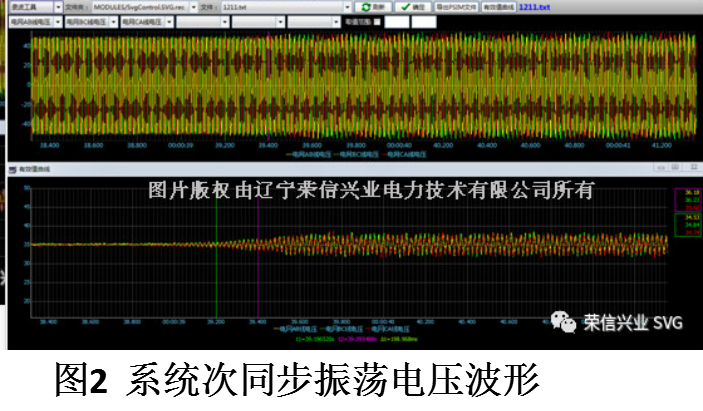
Figure 2 shows the real-time waveform and RMS curve of 35kV busbar line voltage monitored on site. It can be seen from the figure that the system voltage quickly enters the oscillation state from the stable state at 39 seconds, and the RMS of system voltage shows the curve of up and down fluctuation, with the fluctuation amplitude reaching 6.2kV.

Considering the phenomenon of subsynchronous oscillation occurs onsite, Rongxin company takes the original two sets of SVG under the 220 kV main transformer of TianshanSantanghu wind farm electric power as the pilot. On the basis of the existing SVG equipment, on the premise of not affecting the original SVG main control strategy (constant voltage) and not adding hardware components or equipment, we adopts additional control strategy to suppress the subsynchronous oscillation.

When the subsynchronous oscillation suppression function starts and stops , the effective value curve of system voltage and current is shown in Figure 4, and Figure 5 shows the instantaneous value waveform of system voltage, system current and SVG current when the suppression function is put into operation.

It can be seen from the figure that when the SVG exits the suppression function at 31s, the system voltage gradually diverges, and when the suppression function is put into operation at 51s, the system voltage gradually stabilizes. This also fully shows the effectiveness of the subsynchronous oscillation suppression function.
